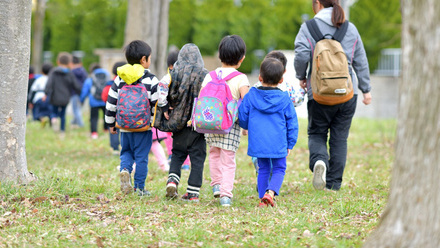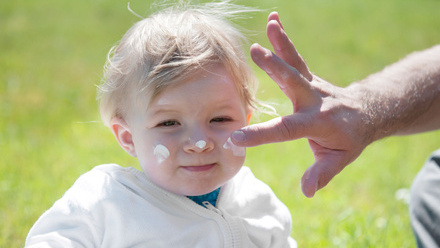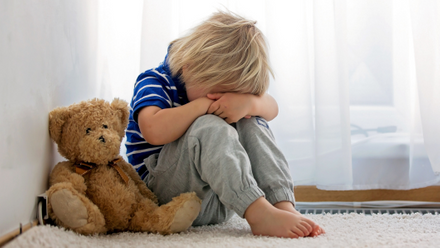Top tips - Safe bites: food safety essentials
Ensuring food safety is a key factor in safeguarding children’s health and well-being. Here are some practical, easy to follow tips designed to help you effectively manage food safety and create a secure, hygienic environment for everyone.
Top tips for food safety
- Wash hands thoroughly before and after handling food
- Clean and disinfect all surfaces, equipment, and utensils before and after food preparation
- Ensure children wash hands before eating or handling food
- Store foods at the correct temperatures (below 5°C for refrigerated items and below 18°C for frozen foods)
- Label and date food clearly and use a ‘first-in, first-out’ system
- To prevent cross contamination, keep raw meats and ready-to-eat food separate and use different chopping boards (especially for preparing food for children with allergies)
- Keep records (accessible/visible to all relevant staff) of children’s allergies and dietary requirements
- Ensure staff are trained to identify symptoms of allergic reactions and know how to respond
- Clearly label and separate allergen free meals
- Check fridge and freezer temperatures daily
- Check hot food temperatures (63°C or higher until served) and reheated foods must reach a core temperature of 75°C)
- Keep daily records of cleaning schedules and temperature checks
- Regularly train all staff on food safety practices.
NDNA products to support you with this tip
Food Safety and Hygiene - online course
Disclaimer: Activities with children must always be risk assessed, including for allergies or choking. Children must always have adequate supervision. Resources and materials must always be appropriate for children’s age and stage of development.






